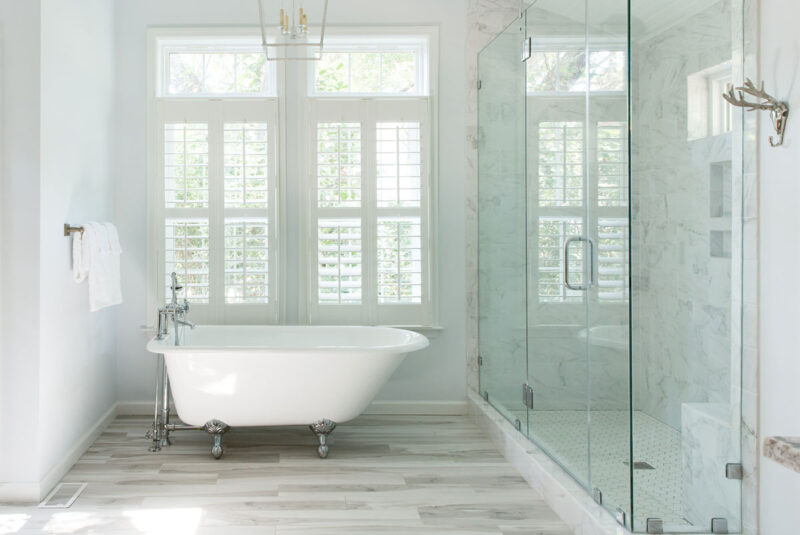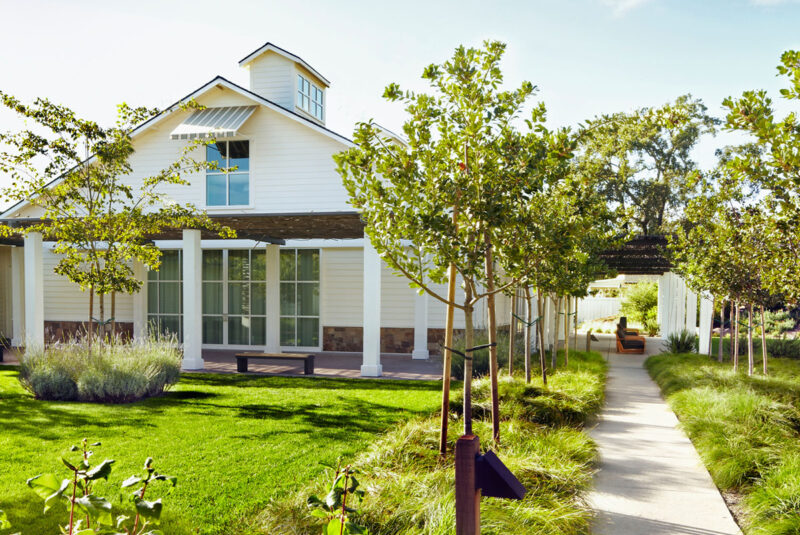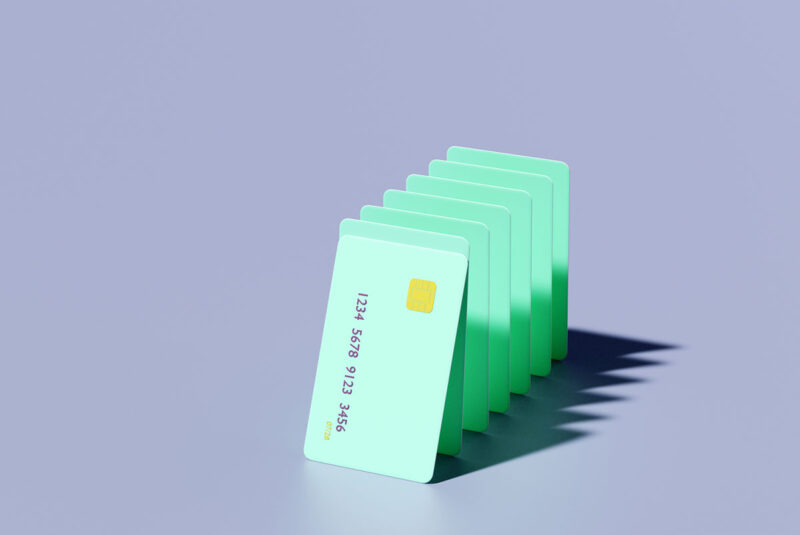Ready To Buy a Home?
Get Approved to Buy a Home
Rocket Mortgage® lets you get to house hunting sooner.
If you’re shopping for a home, you may already know the differences between single-family homes, townhouses, condominiums and maybe even cooperatives. But you may have paused when you encountered a different kind of real estate known as a planned unit development (PUD).
In this article, we’ll explain what a PUD is and its purpose. We’ll also explain how PUDs are different from other types of housing communities and discuss their benefits and drawbacks.
All you’ll have to do is decide whether a PUD is right for you.
What Is a Planned Unit Development?
Explore Your Mortgage Options
What are you looking to do?
A planned unit development (PUD) is a community that may offer a mix of housing types, workplaces, shopping and amenities. Planned unit developments allow for more flexible housing designs than standard zoning laws in an area might permit, allowing them to develop land more creatively. PUDs are designed to better serve residents with a convenient and easily accessible mix of residential and commercial properties.
Planned unit developments can look like small towns and often come with communal amenities, including:
- Swimming pools
- Playgrounds
- Parks
- Cafes
- Shopping
- Schools
- Offices
- Private security
PUD characteristics
Unlike standard developments, planned unit developments have distinct characteristics that make them unique.
In many residential neighborhoods, you typically only find one type of housing. In the suburbs, you might see a collection of single-family homes. But in a PUD, you can find various housing types, including single-family homes, townhomes or condos.
In addition to housing units, PUDs can be home to schools, assisted living communities, shopping centers, private recreational facilities, offices, warehouses and mixed-use properties. And they typically feature common areas and open spaces.
What Is the Difference Between a Planned Unit Development and an HOA?
All PUDs are managed by a homeowners association (HOA) – but not all homeowners associations manage PUDs.
An HOA is the governing body of a planned unit development or condo, creating and enforcing community rules and overseeing the finances. HOAs are typically staffed by elected homeowners who live in the community.
When you buy a home in a planned unit development, you agree to the rules of the PUD’s HOA. And you also agree to pay any HOA dues or assessments.
A PUD can offer more than your standard HOA, including unique perks for homeowners that aren’t common in HOA communities, including amenities such as restaurants, private roads and bike trails.
One key advantage planned unit developments have over HOA communities is land ownership.
Condo owners own their units and share ownership of common areas with other condo owners. With PUDs, homeowners own the land beneath their unit.
How Does Getting a Mortgage for a Planned Unit Development Work?
A mortgage in a planned unit development may come with more stipulations than a loan for a traditional single-family home.
The HOA in a planned unit development could complicate the mortgage process. A lender may not approve the mortgage if the HOA is in poor financial health or if HOA rules might impact the loan.
When you apply for a mortgage to purchase a home in a PUD (or any HOA community), the lender will factor the cost of your HOA dues into your debt-to-income (DTI) ratio to help determine the size of the loan your lender will approve.
Is a Planned Unit Development a Good Investment?
This question is a little like asking if real estate is a good investment. The answer, of course, is that it depends.
A PUD might be a good investment for you, but it depends on the location, how the PUD is managed and your personal preferences.
We’ve listed PUD pros and cons to help you decide for yourself.
PROS of PUDs👍
You’re also purchasing the land beneath the home when you buy a single-family home or townhome in a planned unit development. Some homes in planned unit developments allow you to combine the benefits of a condo with the benefits of a traditional house with a yard.
A planned unit development often comes with convenient private amenities owners can enjoy, including recreational facilities, swimming pools, parks, trails and more.
PUDs are usually designed with convenience in mind. In many planned unit developments, housing is close to shopping centers, schools and day care centers – making PUDs very accessible and walkable.
Your maintenance costs are usually folded into your HOA fee. Because the bill is divided between all homeowners, you often pay less for maintenance than you would if you had to pay for, let’s say, landscaping or snow removal on your own.
CONS of PUDs👎
If you live in a planned unit development or a property attached to a homeowners association, you will pay mandatory fees every month, quarter or once a year.
When you live in a home that’s not connected to an HOA, you choose when to make repairs or renovations. You can also shop around to find the best prices for your projects. In a PUD, you don’t get to decide what to repair, when to repair it or who will make the repairs. The HOA fee is mandatory, even if you feel like you’re not benefitting from some of the costs it covers.
To live in an HOA community, you must follow rules known as the covenants, conditions and restrictions (or CC&Rs). Every HOA establishes its rules and restrictions. Some HOAs impose rules that govern what colors you can paint your home, where you can park your car or how many pets you can own. For some home buyers, these restrictions can be a turnoff.
Buying and selling a home in a planned unit development can be slightly more complex than buying other types of homes. As a buyer, you might find it challenging to navigate financing because lenders may have different requirements for PUD properties than traditional properties.
If you’re a seller, your pool of buyers may not be as large because many home buyers may balk at living by an HOA’s rules and paying their dues.
A unit in a planned unit development might offer your own private outdoor space, but the spaces are typically smaller than what you’d find in other communities because the homes are usually packed fairly tightly. A PUD townhouse may offer more privacy than a condo unit, but you’d better learn to get along with your neighbors since you will likely live in close quarters.
It’s All in the Neighborhood
While a planned unit development might sound complicated, PUD homes share many characteristics with other kinds of homes.
Bottom line: No two planned unit developments are alike. It’s important to research communities and weigh their pros and cons before purchasing a home in a PUD.
Take the first step toward buying a home.
Get approved. See what you qualify for. Start house hunting.
The Short Version
- A planned unit development (PUD) is a community that may offer a mix of housing types, workplaces, shopping and amenities
- Planned unit developments allow for more flexible housing designs than standard zoning laws permit in an area, allowing them to develop land more creatively
- A PUD might be a good investment for you, but it depends on the location, how the PUD is managed and your personal preferences




